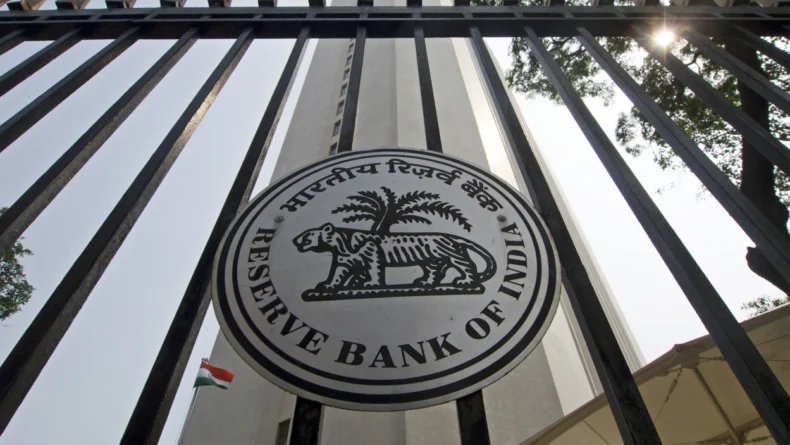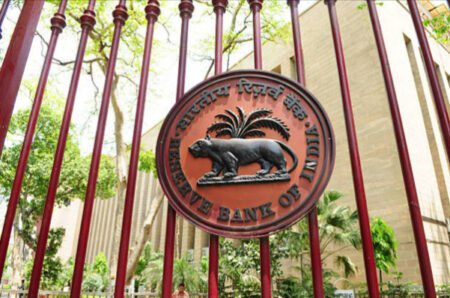The Reserve Bank of India’s (RBI) latest Financial Stability Report highlights a positive trend as scheduled commercial banks’ net non-performing assets (NPA) ratio hit a 10-year low at 3.9% in March 2024. However, concerns persist regarding the stability of the global financial system, with over 50% of respondents expressing diminished confidence in the face of potential global spillovers.
Record Low NPA Ratio in Scheduled Commercial Banks
In a groundbreaking achievement, scheduled commercial banks have reached an unprecedented milestone as their net non-performing assets (NPA) ratio plummeted to a 10-year low of 3.9% in March 2024, according to the latest Financial Stability Report (FSR). This remarkable improvement signifies a significant decline from the elevated levels observed in March 2018, with both gross and net NPA ratios dropping to 3.9% and 1.0%, respectively. The decrease in NPA ratios indicates a substantial enhancement in asset quality and a bolstering of financial stability within the banking sector.
The reduction in NPA ratios can be attributed to various factors, including effective credit risk management, proactive measures taken by banks to resolve stressed assets, and an overall improvement in the economic environment. The relentless efforts of the Reserve Bank of India (RBI) and banking institutions to strengthen their balance sheets, enhance recovery mechanisms, and promote responsible lending practices have played a pivotal role in achieving this positive outcome.
The successful macro stress tests conducted for credit risk further exemplify the robust capital position of scheduled commercial banks, enabling them to navigate potential adverse scenarios and safeguard the overall stability of the financial system.
Stability of the Indian Financial Sector
The RBI underscores the stability and resilience of the Indian financial sector, which is reflected in its sustained growth in bank credit, low levels of non-performing assets, and adequate capital and liquidity buffers. This solid performance has positioned the Indian economy favourably amidst global uncertainties, leading to a robust recovery and making it one of the fastest-growing large economies.
Additionally, the FSR report reveals that the provisioning coverage ratio (PCR) of banks has improved, reaching 74.0%. The PCR measures the extent to which banks have set aside provisions to cover potential losses from bad loans. The higher PCR indicates enhanced risk management practices and a stronger cushion against credit risks.
The stability and resilience of the Indian financial sector can be attributed to prudent regulatory oversight, effective risk management practices, and improved corporate governance standards. The implementation of structural reforms, such as the Insolvency and Bankruptcy Code, has facilitated the resolution of stressed assets and strengthened the balance sheets of the banking sector.
The proactive measures taken by the RBI to ensure adequate capital and liquidity buffers have further enhanced the sector’s ability to withstand potential shocks. The improved provisioning coverage ratio (PCR) reflects the commitment of banks to maintain sufficient provisions, thereby bolstering their resilience against credit risks and safeguarding the stability of the financial system.
Concerns over Global Financial System Stability
While the Indian financial sector continues to exhibit stability, the FSR raises concerns about the stability of the global financial system. The report indicates that risks from global spillovers remain in the ‘high’ risk category. More than half of the respondents expressed declining confidence in the stability of the global financial system. Major risks cited include tightening global financial conditions, a global growth slowdown, and volatility in capital flows.
The recent banking turmoil in the United States and Europe has significantly strained the global financial system. In contrast, the financial sector in India has remained stable and resilient, as evidenced by sustained growth in bank credit, low levels of non-performing assets, and adequate capital and liquidity buffers. However, given the interconnectedness of global financial markets, vigilance and preparedness are essential to mitigate potential spillover risks.
While the Indian financial sector continues to demonstrate stability, RBI’s concerns persist regarding the stability of the global financial system. The interconnectedness of economies and financial markets exposes countries to spillover risks from external shocks. The recent banking turmoil in the United States and Europe has underscored the vulnerabilities inherent in the global financial system.
Therefore, policymakers and regulators must remain vigilant and strengthen coordination efforts to mitigate potential contagion effects. Enhancing risk management frameworks, promoting transparency, and fostering international cooperation are crucial to maintaining financial stability on a global scale. Continued monitoring of global risks and proactive measures to address emerging challenges will be vital in navigating the uncertainties and preserving stability in the global financial system.
Macro Stress Tests and Regulatory Measures
The macro stress tests conducted by the RBI provide valuable insights into the resilience of scheduled commercial banks and their ability to withstand adverse stress scenarios. These tests assess the capital adequacy and risk absorption capacity of banks, ensuring their preparedness for potential shocks. The satisfactory results of these stress tests reaffirm the effectiveness of regulatory measures and risk management frameworks implemented by the RBI. Additionally, the improved capital-to-risk weighted assets ratio (CRAR) in urban cooperative banks and non-banking financial companies reflects the strengthened capital positions of these institutions.
The ongoing efforts by regulators to enhance prudential norms, enforce stricter supervision, and encourage responsible lending practices contribute to the overall financial stability and confidence in the banking system.
The Financial Stability Report (FSR) highlights the need for regulators and regulated entities in India to remain committed to ensuring a stable financial system. It emphasises the importance of staying vigilant against vulnerabilities, as seeds of vulnerability often get sown during good times when risks tend to get overlooked. Continued implementation of regulatory measures and risk management practices will be crucial in maintaining the stability and resilience of the financial system.













